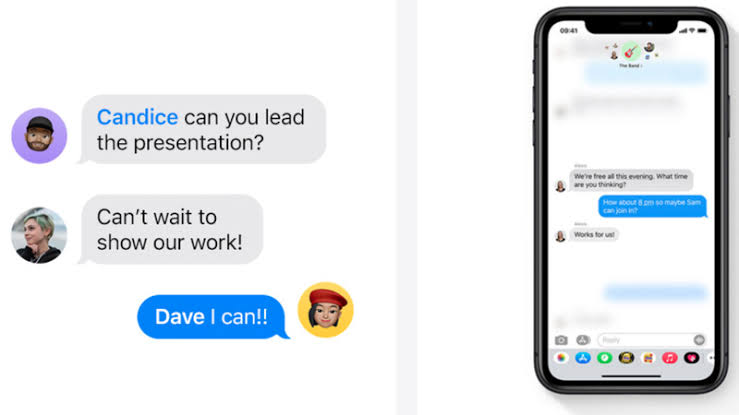iMessages are Apple’s proprietary messaging service. They allow iPhone, iPad, and Mac users to send messages over Wi-Fi or cellular data instead of through traditional SMS text messages. A common question for iPhone users is whether these messages show up on your phone bill.
How Phone Bills Typically Work
First, it helps to understand what usually shows up on your phone bill. Traditional cell phone bills contain:
- Minutes used for cellular voice calls
- Number of text messages (SMS) sent and received
- Amount of cellular data used
- Additional features like voicemail, call forwarding, etc.
The bill will show the total cost for each of these categories. However, most carriers do not provide an itemized list of every call, text, or data session.
SMS text messages will show the total number sent and received, but not the content. Regular phone calls just show the total time, not each individual call.
Why iMessages are Different
iMessages work differently than regular SMS texts in a few key ways:
- They use data instead of the cellular voice network.
- They are encrypted end-to-end for privacy.
- They can include more types of media like photos.
This means iMessages are not treated the same as SMS texts by your carrier. They don’t show up as individual text messages. Instead, they are bundled into your overall data usage for the month.
Will iMessages Appear on the Bill?
In most cases, no – individual iMessages will not appear on your phone bill. Here’s why:
- Carriers cannot see iMessage content: Apple encrypts iMessages when they are sent and decrypts them when received. The carrier only sees them as indistinguishable chunks of data.
- iMessages use data: They draw from your monthly data allowance rather than being billed per message.
- No itemization: Most carriers provide the total amount of data used, but not a breakdown of each App or service.
The closest your bill will come is listing “iMessage” under data usage if the carrier can identify that traffic. But it will not list any detail about specific messages.
When You Might See iMessages on the Bill
There are a couple of scenarios where aspects of iMessages could appear on your phone bill:
- SMS fallback: If iMessage fails to send over data, it will automatically retry using SMS. These would then appear as text messages.
- International messages: iMessages sent to recipients in other countries may bill at international SMS rates. The number of messages could show up.
- Itemized data billing: Some carriers can break out data usage by application. In this case you may see total data attributed to iMessage, but not specific messages.
- Jailbroken iPhones: Devices with security restrictions disabled could potentially allow carriers to spy on iMessage content through installed apps. This would violate Apple’s policies.
Protecting Your iMessage Privacy
If you want to keep your iMessages completely private from everyone except the recipient, there are a few key steps:
- Enable iMessage on all of your Apple devices using the same Apple ID. This prevents SMS fallback.
- Confirm your contacts also have iMessage enabled. Green background means they are also using iMessages.
- Turn off iMessage backups to iCloud. This prevents remote access without your Apple ID.
- Do not jailbreak your iPhone or install untrusted profiles. This could bypass security measures.
- Use a VPN for all Internet traffic. Prevent snooping on public Wi-Fi networks.
Following these best practices ensures your iMessages stay private and secure on your devices. They provide effective communication without cluttering up your phone bill!

